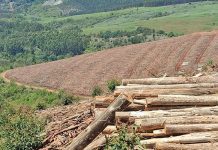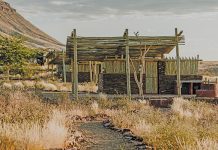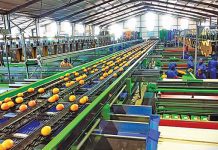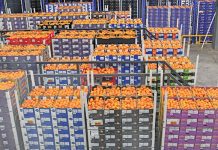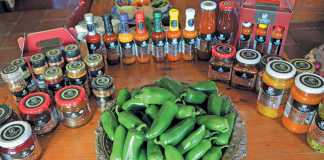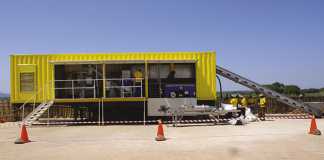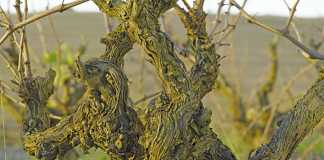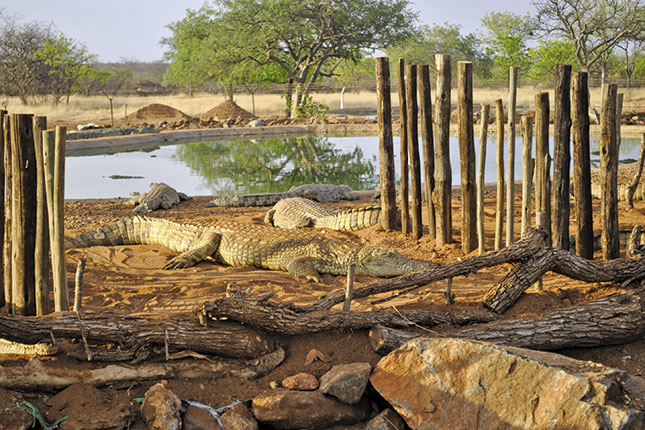
Photo: Janeke Hoffman
Crocodile farming is a lucrative niche market, with the emphasis on providing high-quality skins to the international market.
This is on the back of sustained growth in the demand for luxury leather goods. With the weaker rand, it is unsurprising that South Africa is experiencing renewed interest in raising Nile crocodiles. In December last year, the first live-crocodile auction in the country was held in KwaZulu-Natal, and more than 8 300 of the animals were sold, according to the auction’s organiser, Neil Pentolfe.
READ:New JSE silo contract with a Guaranteed Grade (GG)
South Africa holds 30% of the international crocodile skin market. Both locally and internationally, the industry is strictly regulated and the standards are tightly controlled. The emphasis is on fair trade and ethical and humane treatment of the reptiles. Crocodile farms trading in skins adhere to a sustainable system and work with conservation agencies.
Superior quality
“Successful farming depends on volume and quality,” says Robert Reader, chairperson of Wildlife Ranching SA’s Crocodile Specialist Advisory Group and a crocodile, cattle, citrus and game farmer. ”To produce quality skins, one needs to try to avoid disease, which involves strict hygiene measures. If you over-populate the farm and the facilities aren’t very clean, the reptiles will be susceptible to disease. It’s similar to the chicken industry and many of their bio-security protocols and so forth could be applied here.”

The chicken factor
Lubbestlust Crocodile Farm is owned by a consortium of six shareholders and came about by chance, when Free State chicken farm and abattoir Reitz Braaikuikens experienced problems disposing chickens unfit for human consumption. A director at Reitz Braaikuikens approached Limpopo crocodile farmer Pieter Diedricks for advice on what to do with the chicken carcasses.
Pieter explained that a grown crocodile will eat a chicken a day, and suggested that the Reitz group start a crocodile farm. The advice was taken, and the result points to a powerful advantage enjoyed by the local crocodile industry. Using leftover chicken carcasses has the potential to give South African crocodile farmers the edge over other African producers on the international market, Robert says. Zimbabwe and Zambia, for example, may have some of the largest crocodile farms in the world, but there are not enough chicken carcasses to meet demand. Farmers must thus import bone meal to supplement their feeding.
“The prices [of bone meal] are generally dollar-based and add to the cost of rearing crocodiles,” he says.
Rearing crocs at Lubbestlust
Farming crocodiles requires food, water and heat. Reitz Braaikuikens could provide enough food for the crocodiles, Lubbestlust has no fewer than 13 boreholes, and the Alldays area is extremely hot. From the start, the scheme seemed set to work out well. But, as Sakkie, recalls, some of Lubbestlust’s boreholes did not have power.
“Electricity would have proved extremely costly and Eskom is unreliable,” he says. Then industry specialist Janeke Hoffman suggested using solar-powered pumps at the boreholes. Once again, the advice was taken, and proved highly successful.
“It has worked so well we haven’t looked back. It reduces the risk of our being without water at critical times,” says Sakkie.
Management
Sakkie is responsible for the wellbeing of 2 400 crocodiles and 2 000 hatchlings. Long before sunrise, he inspects the sandbanks of four breeding dams in search of newly laid crocodile eggs. A crocodile can lay as many as 70 eggs at one time, burying them under each other, but Sakkie is more than happy to find an average of 34 eggs per crocodile. After removal, the eggs go into an incubator where the temperature is set at exactly 31°C. They remain in vermiculite for 80 to 90 days until the top egg hatches. Immediately thereafter the other eggs begin to hatch.
The infant crocodiles are placed in water troughs in an enclosed area with no sunlight, where the temperature is once again strictly controlled at 32°C. When the reptiles reach a length of 60cm, they are moved to growing dams where they remain for three years, after which they are slaughtered. Sakkie is meticulous about preserving the skins in perfect condition. They are covered in salt for two days and then thoroughly cleaned, before being placed on racks until they are ready for grading and exporting.
The future
“Government has realised that crocodile farming provides employment and is behind the leather manufacturers and the tanners,” says Robert. “But we believe government can do more to aid the farmers who create more jobs than tanners for example, who are highly mechanised.”
Currently, only one SA company is producing the finished product for the international market. Robert recognises there is a need to increase manufacturing, as more can be earned by selling the final product than by exporting the skins only.
“At the moment, the crocodile industry brings in R250 million net income a year, and we want it to grow to over a billion in the next five years.”
Email Lana Jacobson at [email protected].
This article was originally published in the 27 February 2015 issue of Farmers Weekly.



